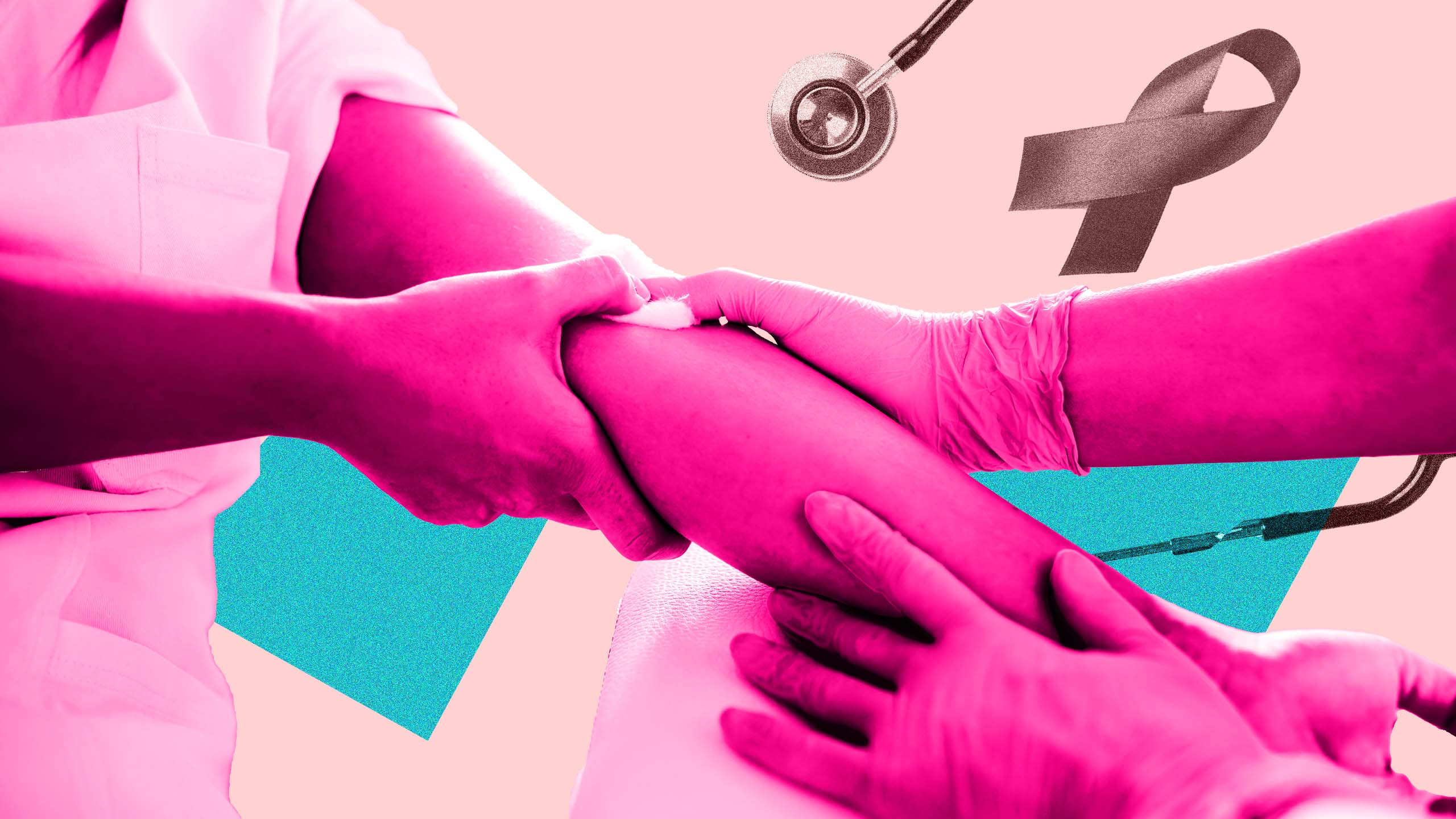There’s no doubt that COVID-19 put us—as individuals, as communities—through the wringer these past few years; the full extent of which is still to be pieced together.
But early evidence suggests that people’s sexual health, in particular, took a beating as health professionals and systems pivoted instead to pandemic response.
Reports out of British Columbia, Saskatchewan, Manitoba and Nova Scotia, for instance, warn of growing HIV cases or new “clusters”—pockets of transmission that don’t necessarily constitute a massive outbreak, but indicate that the virus has been given more room to spread than usual.
That’s an important distinction. An outbreak might elicit panic, suggesting a viral mutation or a widespread failing of preventative measures. Clusters, rather, illustrate gaps in protection that might have otherwise been upheld. Missing bricks from defensive walls, in other words.
But even isolated clusters represent an outsize threat to the queer community’s health. Gay, bi and other men who have sex with men continue to make up the majority of new HIV cases in Canada, with trans women also being statistically at risk. If HIV transmissions are even marginally up, the queer community deserves to know why.
Chief among the explanations: it was pretty damn hard to get an HIV test over the past few years.
COVID-19 has caused an HIV testing backlog
“Primary care access is pretty poor at the moment, and we haven’t been able to bounce back post-COVID as far as getting timely blood-work appointments,” says Abbey Ferguson, executive director of the Halifax Sexual Health Centre. Ferguson explains that for many it could still take weeks, if not months, to get an HIV test through traditional channels.
“Our clinic is almost constantly at capacity,” she says. “There’ve been large swaths of time in which the lab was not accepting HIV and other STBBI [sexually transmitted and blood-borne infections] samples because those tests take up the same professionals and the same machines as COVID.”
That lack of access is reflected nationally as well. According to the largest Canadian sampling of queer and trans men, testing for HIV among this group dropped by half in the first year of the pandemic and still hasn’t climbed back to pre-2020 levels.
The federal government is, at least, aware of how hard testing has been to access—especially for people who live outside of urban hubs with dedicated LGBTQ2S+ health and community hubs. They’ve announced funding to get tens of thousands of free HIV rapid self-tests into people’s hands via community groups.
The need for targeted HIV outreach
Yet it’s not enough to respond to new HIV clusters with broad, wide-reaching actions. An effective response also requires figuring out who’s particularly vulnerable right now—and speaking directly with those groups. Shamin Mohamed Jr., founder of LetsStopAIDS—a national organization focused on engaging young people around HIV—is arguing the government should do just that.
“We’re not in the same position we were pre-pandemic in terms of sexual behaviour,” says Mohamed Jr., whose organization surveyed more than 1,000 18- to 24-year-olds about their sexual health and habits.
“[The pandemic] has made young people more sexually adventurous. More young people are getting STIs and not seeking treatment. More people are backsliding—seeing exes or past relationships without getting tested again,” he says, alluding to data that also indicates young people using dating or sex apps more and condoms less.
Mohamed Jr. has cause to be concerned about this group. Twenty- to 29-year-olds have traditionally been one of the largest demographics for new HIV diagnoses, and are the primary HIV risk group when it comes to men having sex with men. They’re also a particularly hard-to-reach group.
“We’ve learned that to actually engage the community, you have to be part of the culture,” says Mohamed Jr. “With how the algorithm works, you can’t just simply put an Instagram post out with some content on it. It has to be relevant and with a different message, built by people who understand.”
Here public health systems will continue to struggle with HIV outreach, even after clinics and practitioners have been able to catch up with the testing backlogs that COVID-19 produced. Canada has made a global pledge to end HIV, part of which includes that 95 percent of all people living with HIV know their status by 2025. Yet one in 10 people living with HIV don’t know their status, according to the government’s most recent reporting. The smaller this number gets, the harder it will be to find those people—a reality that’s no fault of the communities themselves.
“People aren’t difficult to reach, it’s that systems fail to reach them,” says Matthew Halse, director of Global Public Health for Prevention at ViiV Healthcare—a pharmaceutical company focused solely on HIV medicines and research. “We can achieve the 95 target, but that last five or 10 percent is going to be far more difficult and far more expensive, so we have to do a better job of listening to very specific communities and target our public health approach in a way that makes sense for that community.”
Who’s doing a better job at HIV outreach and education?
As for places doing a better job at this than Canada, Halse points to the PrEP & Prejudice campaign. As a partnership between Public Health England and the Africa Advocacy Foundation, the campaign promoted PrEP and other HIV preventions to Black communities, and especially Black women—a group contracting HIV through heterosexual sex at increasing rates.
“The campaign is so organic and appealing because you can tell it’s done with an authentic voice, from the community, for the community—and that resonates so much better,” says Halse.
Other positive examples of strong partnerships include France’s Le Spot community health centres that co-locate HIV services with other supports, like mental health, gender-affirming care and substance-use programs, as well as the Welsh government’s comprehensive and community-informed HIV action plan.
“What the government of Canada really needs to do is to consult with a wider variety of HIV activists, community-based organizations and citizens and come up with a funding package that is adequate to the response—which it’s not so far,” says Halse. “Right now what you have is essentially a patchwork of funding.”
Here Mohamed Jr. agrees, especially when it comes to young people.
“We’re at the hardest, most expensive part now. Getting through this last mile to reach people …” he says. “It’s up to us now to be innovative and think outside the box.”


 Why you can trust Xtra
Why you can trust Xtra


